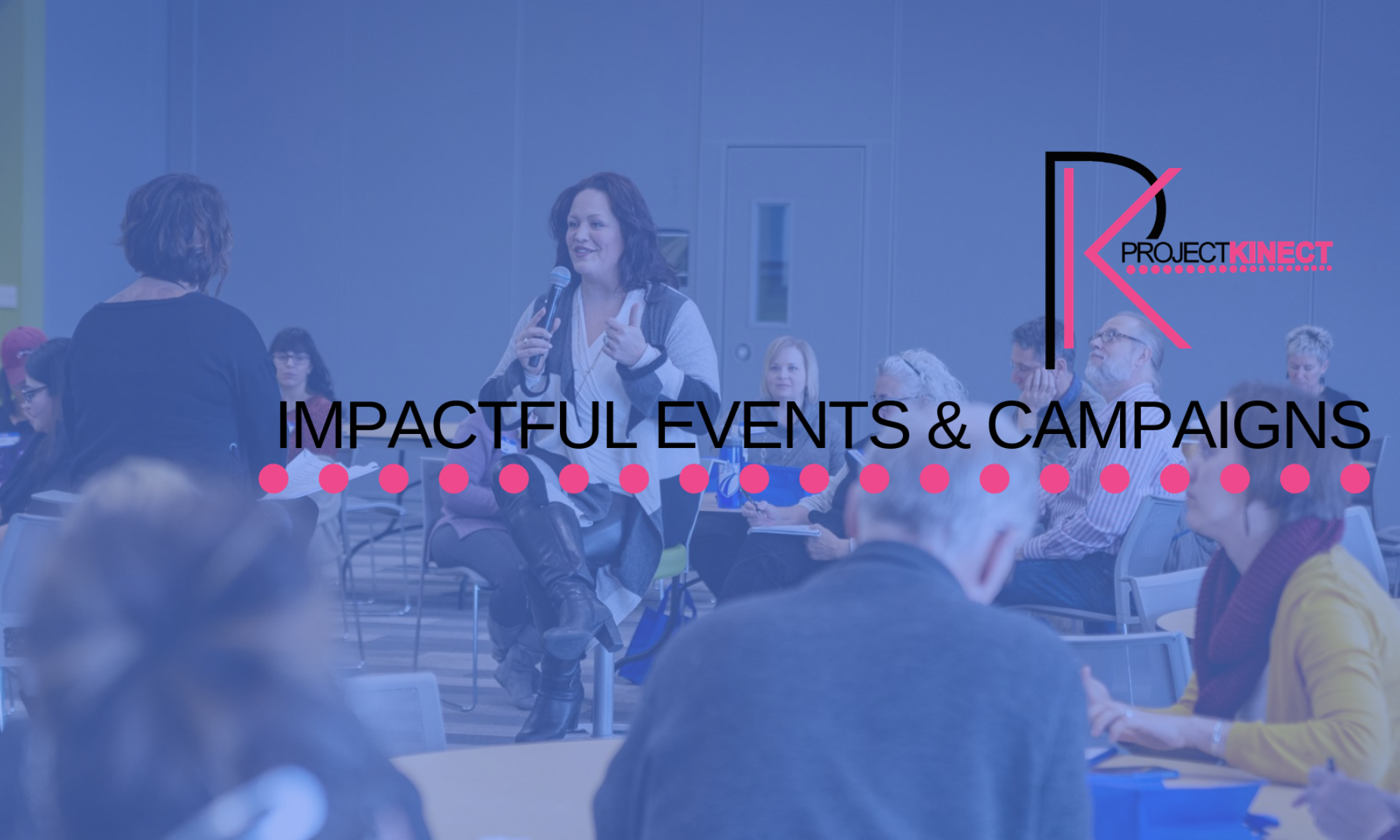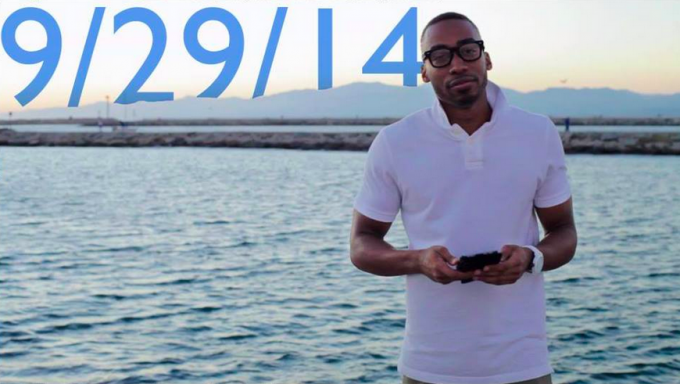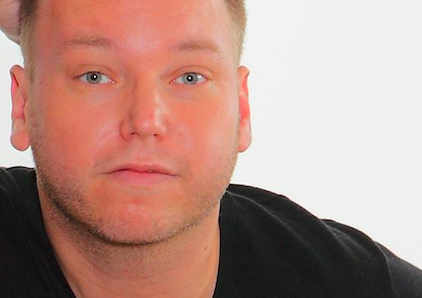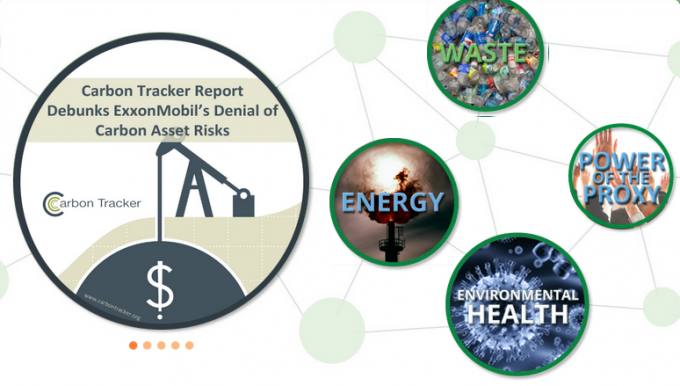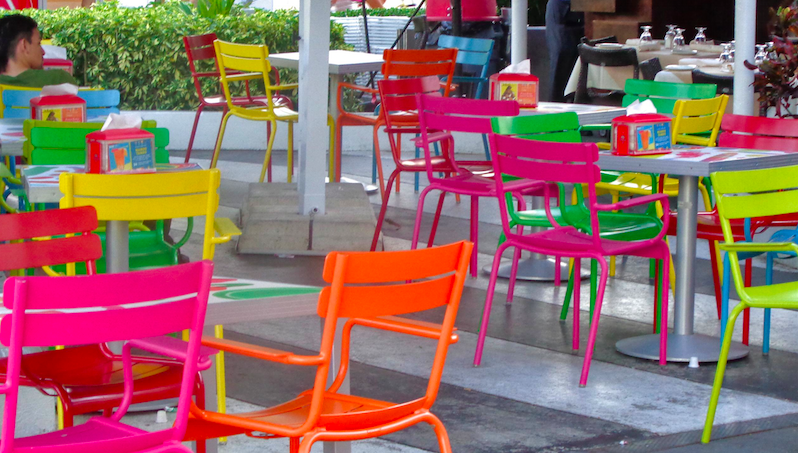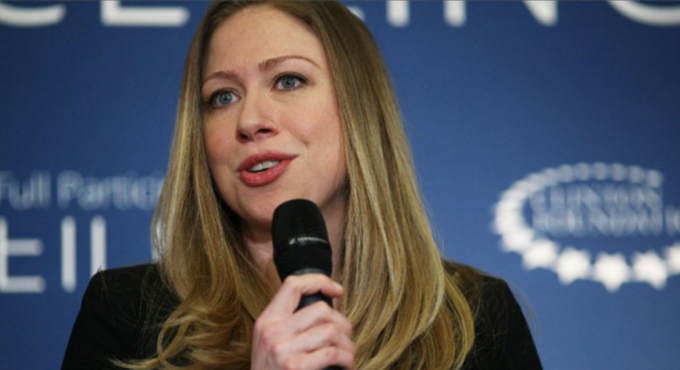by Kathleen Brophy
Leveraging the power of investors and shareholders to change corporate activity for the better
The first time I heard about the organization that I currently consult for I was a junior in college. My newest endeavor at that time in my undergraduate activist angst was to try to influence the investment decisions of my institution. How was my university’s 5 billion dollar plus endowment being invested? With what objectives? What companies did we hold shares in? Did students or alumni whose money was going into this endowment have any idea about any of this? Could we do anything to influence the investment decisions?
That is when I found As You Sow. As You Sow works with investors and shareholders to advocate on social and environmental issues in business from the inside. Instead of undertaking conventional government advocacy, As You Sow has an alternative theory of change that focuses on the leverage that investors and shareholders have in really influencing corporate decision-making. By engaging in shareholder advocacy, investors use their power of the purse to promote environmental, social and governance principles in business.
According to As You Sow, to date over $3 trillion—nearly $1 of every $8 under professional management—is invested using ESG criteria, shareholder advocacy, and community investing strategies. That signals a huge paradigm shift in business as usual away from the supremacy of the bottom line over all else.
Shareholders can undertake “shareholder advocacy” by engaging in shareholder resolution voting. Each year, hundreds of shareholder resolutions are filed with the SEC when shareholders of a certain publicly traded company get together to try to change an unethical or unsustainable company policy or practice in that company.
Resolutions to be voted are then put on a company’s “proxy statement” and are voted on by any person or institution that owns stock in the company and engages their proxy vote at the company annual meeting. For example, in one basic case that I researched for my undergraduate institution, shareholders had written a resolution to get a certain company to improve their stance on employee rights by publishing a legally binding employee protection policy because the company currently had no such policy.
Shareholder advocacy reminds stock owners of one of the most basic facts of investment—shareholders ARE part owners of the companies they buy stock in and therefore have the privilege, and some might say obligation, to involve themselves in the environmental, social and governance activity of that company. Shareholder resolutions present unique opportunity for stock owners to act on this principle and influence the activities of corporations in an impactful way.
In my experience at my undergraduate university, the information provided by As You Sow allowed me to advocate with a student group to the investment board of my university to start engaging in our votes on shareholder resolutions. To date, we had never engaged in a single vote in which case, the vote of the shareholder goes to management. I am excited to say that we helped our investment board vote on their first ever shareholder resolutions to harness the leverage we had as a substantial shareholder to influence positive change.
